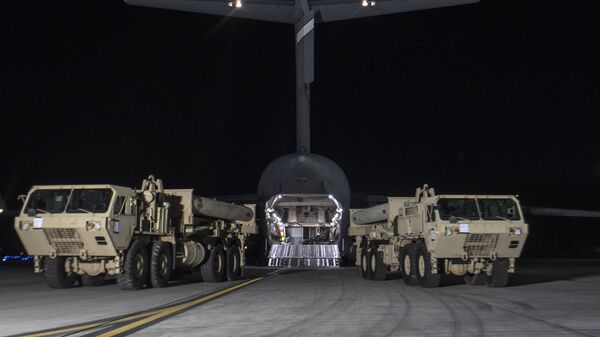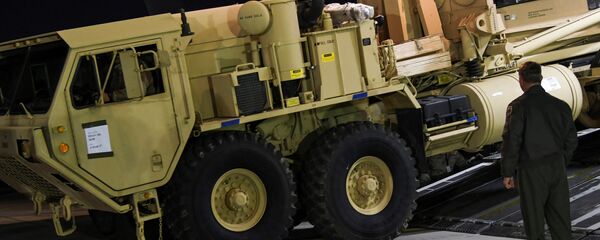"We are not saying the two launchers and other equipment that has already been deployed should be withdrawn," Yonhap News quoted one senior South Korean official as saying. "But those that have yet to be deployed will have to wait."
In an overnight effort some say was deliberately timed to precede Moon’s predicted win in the country’s elections May 9, THAAD’s radar and launchers were hurriedly deployed at its site in Senjou county in late April.
Moon, a liberal, has also accused the South Korean Defense Ministry, a holdover from the administration of recently impeached conservative President Park Geun-hye, of withholding information about four additional launchers, and called for a probe into the matter.
It is these four launchers that the office of the South Korean president says will have to wait until the completion of an environmental assessment.
Washington has denied any underhanded behavior, claiming that it has been "very transparent" in its dealings with Seoul about deploying the anti-missile system.
There are currently about 28,500 US service members stationed in South Korea. Moon has focused much of his criticism on his country’s Defense Ministry, as he seeks to reassure Washington of Seoul’s commitment to the two countries’ alliance.
The US and South Korea reached an agreement last year to deploy THAAD as North Korea continued conducting nuclear weapons and missile tests. Pyongyang is reportedly making progress on developing a nuclear-armed projectile capable of reaching the US mainland.
The missile defense system was met with angry protests by residents of Senjou, who staged demonstrations against the system’s deployment, sometimes clashing with police. Many feel the system is representative of Washington’s continued military dominance in the region, and does little to benefit South Korea.
Despite US claims to the contrary, Beijing is said to believe that THAAD’s radar could be used to spy on Chinese military activity. China conducted live fire drills and weapons tests following the system’s deployment.
"This is all about North Korean missiles and the threat that North Korean missiles pose to [South Korea,] and it’s for the defense of [South Korea] and nothing else," US Forces Korea Commander Vincent K. Brooks said at a security forum last month.




